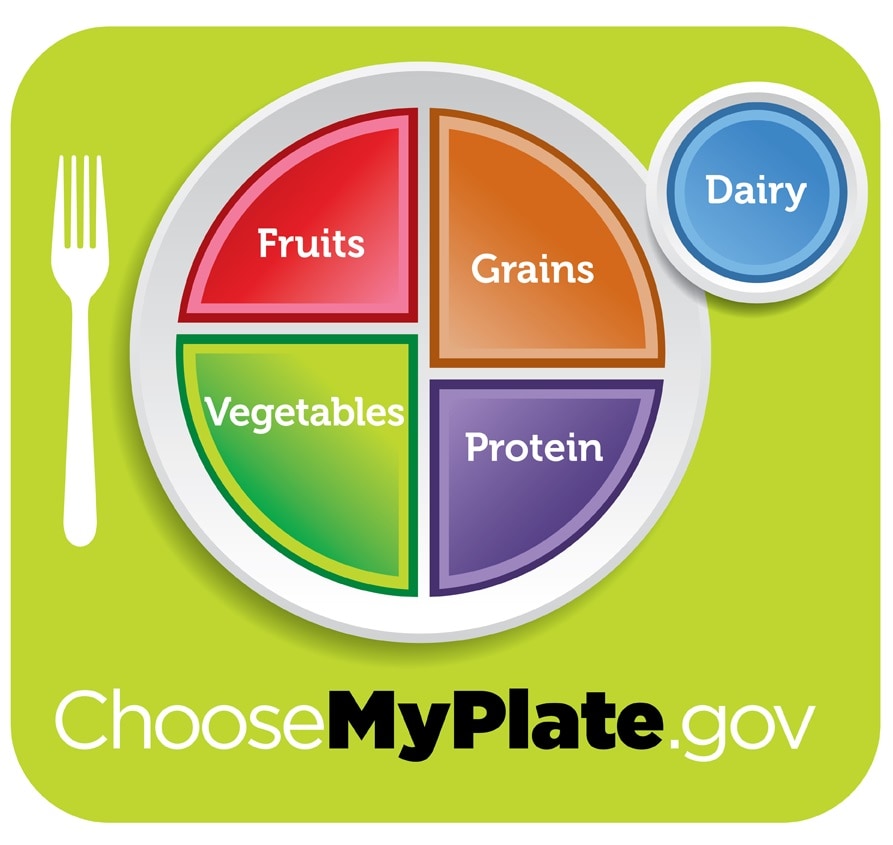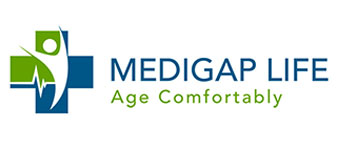Men and Stroke – Advice and Tips From the CDC
Sign Up to Review Your Medicare Now
https://quotes.medigaplife.com/find-plans/
Men and Stroke – Advice and Tips From the CDC
Stroke is a leading cause of death in men, killing almost the same number of men each year as prostate cancer and Alzheimer’s disease combined.1 Stroke is also a leading cause of long-term disability,2 and men under age 44 are hospitalized for ischemic stroke at a higher rate than women in the same age group.
These facts are alarming, but there is good news: About 4 in 5 strokes are preventable. That’s why it’s important to know your risk for stroke and take action to reduce the risk. And you can learn more about how CDC and its partners are leading programs to help prevent stroke.
What is a stroke?
A stroke, sometimes called a brain attack, happens when blood flow to an area of the brain is blocked or when a blood vessel in the brain bursts. When brain cells are starved of oxygen, they die. Stroke is a medical emergency.
It’s important to get treatment as soon as possible (see sidebar). A delay in treatment increases the risk of permanent brain damage or death.
What puts men at risk for stroke?
High blood pressure, also called hypertension, is a major risk factor for stroke.
Nearly half of men (47%) have high blood pressure (greater than or equal to 130/80 mmHg) or are taking medicine for their blood pressure. Four out of 5 men with high blood pressure do not have their blood pressure controlled.
Half of U.S. men, or 17.3 million people, who are recommended to take medicine for high blood pressure aren’t treated or aren’t taking medicine. Two out of 3 of these men have a blood pressure greater than or equal to 140/90 mmHg.
Half of men who are taking medicine for high blood pressure but whose blood pressure is uncontrolled have a blood pressure greater than or equal to 140/90 mmHg.
Other risk factors for stroke include:
- Smoking damages blood vessels, which can cause a stroke. About 1 in 6 men smoke.5 Men are also more likely to be smokers than women are.
- Overweight and obesity. Having overweight or obesity increases stroke risk. About 3 in 4 men in the United States have overweight or obesity.
- Diabetes increases stroke risk because it can harm blood vessels in the brain. About 1 in 9 men have diabetes.
- Too much alcohol. Drinking too much alcohol can raise blood pressure levels and increase the risk for stroke. It also increases levels of triglycerides, a form of fat in your blood that can harden your arteries. Men are more likely than women to drink too much alcohol.
- Not enough physical activity. Not getting enough physical activity can lead to other health conditions that can raise the risk for stroke. In 2017, fewer than 1 out of 3 men met the guidelines for aerobics and muscle strengthening.
Why are African American men at higher risk for stroke?

Active and healthy, Adrian thought he was the last person who needed to think about stroke. But Adrian did not realize that he had an increased risk of stroke due to family history. Read Adrian’s story.
Almost half of African Americans have a risk factor that can lead to a stroke.
- More than 2 in 5 African American men have a blood pressure greater than or equal to 140/90 mmHg or are taking medicine to control their blood pressure.10 High blood pressure is more severe in African American men than in white men.3 More than 3 in 5 African American men with a blood pressure greater than or equal to 140/90 mmHg or who are taking medicine to control their blood pressure do not have it under control.
- About 1 in 9 African American men have been diagnosed with diabetes, and many more have the disease but do not know it.7
- Sickle cell disease, a common genetic disorder in African Americans, can lead to a stroke. About 1 in 365 black or African American babies are born with sickle cell disease.
- About 1 in 5 African American men smoke.
- About 7 in 10 African American men have overweight or obesity.
- Eating too much salt, or sodium, can raise your blood pressure, putting you at higher risk of stroke. Researchers think there may be a gene that makes African Americans more sensitive to the effects of salt, which in turn increases the risk of developing high blood pressure.
Sign Up to Review Your Medicare Now
Why are Hispanic men at risk for stroke?
- One in 4 Hispanic men has a blood pressure greater than or equal to 140/90 mmHg or is taking medicine to lower blood pressure—a major risk factor for stroke.10 More than half of Hispanic men with blood pressure greater than or equal to 140/90 mmHg or who are taking medicine to control their blood pressure do not have it under control.
- About 1 in 7 Hispanic men have been diagnosed with diabetes, and many more have the disease but do not know it. Diabetes is also more common in people of Mexican and Puerto Rican ancestry than in people of Cuban or Central/South American ancestry.
- About 1 in 7 Hispanic men smoke.
- About 4 in 5 Hispanic men have overweight or obesity.
How can I prevent stroke?

Strong men put their health first. Learn about heart healthexternal icon and share what you know with your friends, neighbors, and loved ones first.
Most strokes can be prevented by keeping medical conditions under control and making healthy lifestyle changes:
Know your ABCS of heart and brain health:
- Aspirin: Aspirin may help reduce your risk for stroke, but you should check with your doctor before taking aspirin, because it can make some types of stroke worse. Before taking aspirin, talk with your doctor about whether it is right for you.
- Blood pressure: Control your blood pressure with healthy lifestyle changes (see below). If a blood pressure medicine is prescribed, take it as directed. Learn more about blood pressure.
- Cholesterol: Manage your blood cholesterol with healthy lifestyle changes. If a cholesterol medicine is prescribed, take it as directed. Learn more about cholesterol.
- Smoking: Don’t start smoking. If you do smoke, learn how to quit.

Get tips and ideas for healthy eating and make a personalized meal plan at MyPlateexternal icon from the U.S. Department of Agriculture.
Make lifestyle changes:
- Eat healthy: Choose healthy foods, including foods with less salt, or sodium, to lower your blood pressure and foods that are rich in fiber and whole grains to manage your cholesterol. Learn more about healthy eating.
- Get regular physical activity: Regular physical activity helps you reach and maintain a healthy weight and keeps your heart and blood vessels healthier. Adults age 18 and older should get at least 150 minutes (or 2 hours and 30 minutes) of physical activity each week and do muscle strengthening activities on two or more days each week.
Work with your health care team:
- Talk to your doctor about your chances of having a stroke, including your age and whether anyone in your family has had a stroke.
- Get other health conditions under control, such as diabetes or heart disease.
Sign Up to Review Your Medicare Now
https://quotes.medigaplife.com/find-plans/
What is CDC doing about stroke?
CDC and its partners are leading national initiatives and programs to reduce rates of death and disability caused by stroke and to help everyone live longer, healthier lives.
CDC’s Division for Heart Disease and Stroke Prevention (DHDSP) provides resources to all 50 states to address heart disease and stroke, as well as helping lead or support the following:
- The Paul Coverdell National Acute Stroke Program funds nine state health departments to measure, track, and improve the quality of care for stroke patients. The program works to reduce death and disabilities from stroke.
- The Million Hearts® initiative, which is co-led by CDC and the Centers for Medicare & Medicaid Services, works with other federal agencies and private-sector partners to raise awareness about heart disease and stroke and prevent 1 million heart attacks and strokes by 2022.






